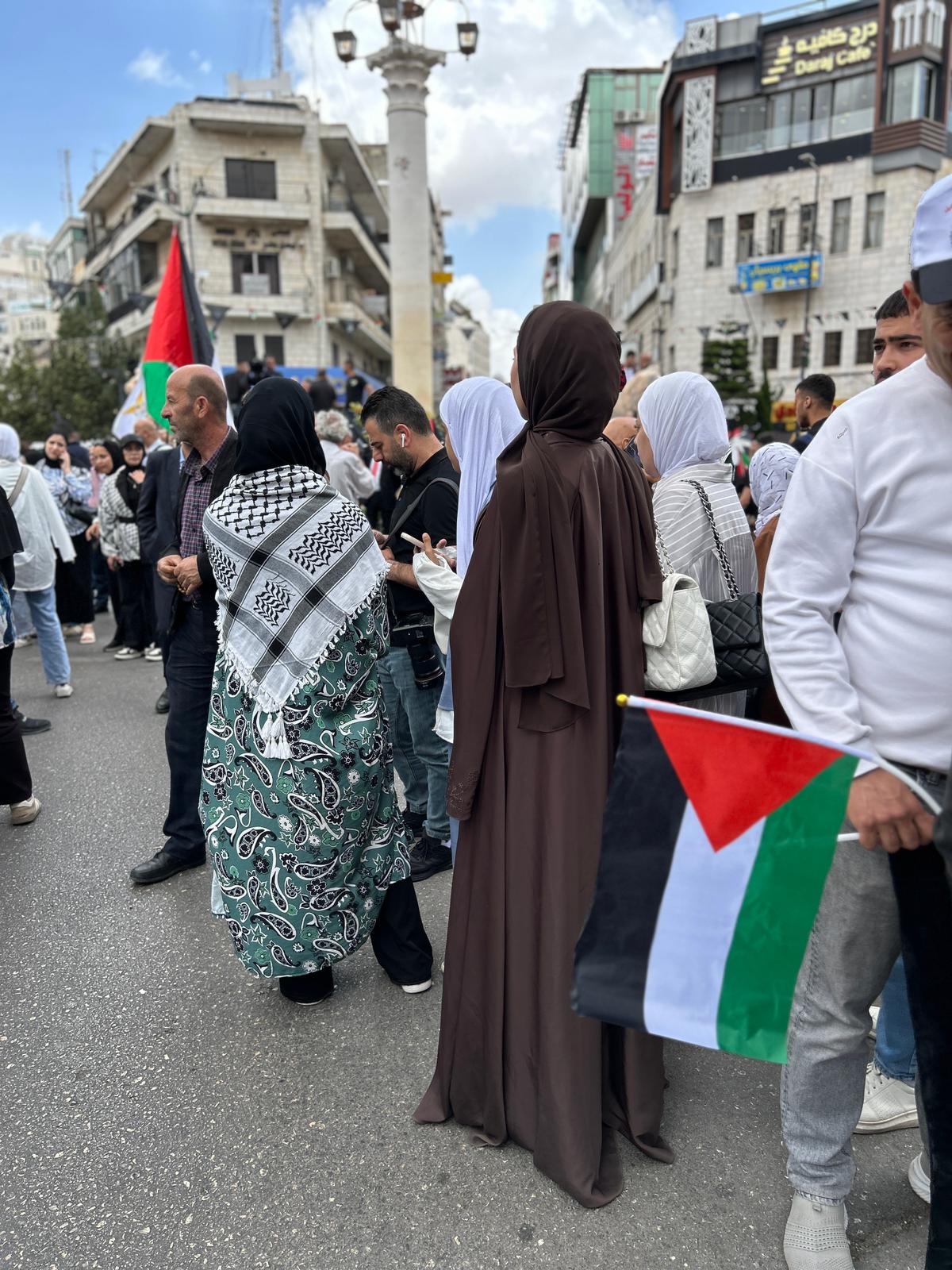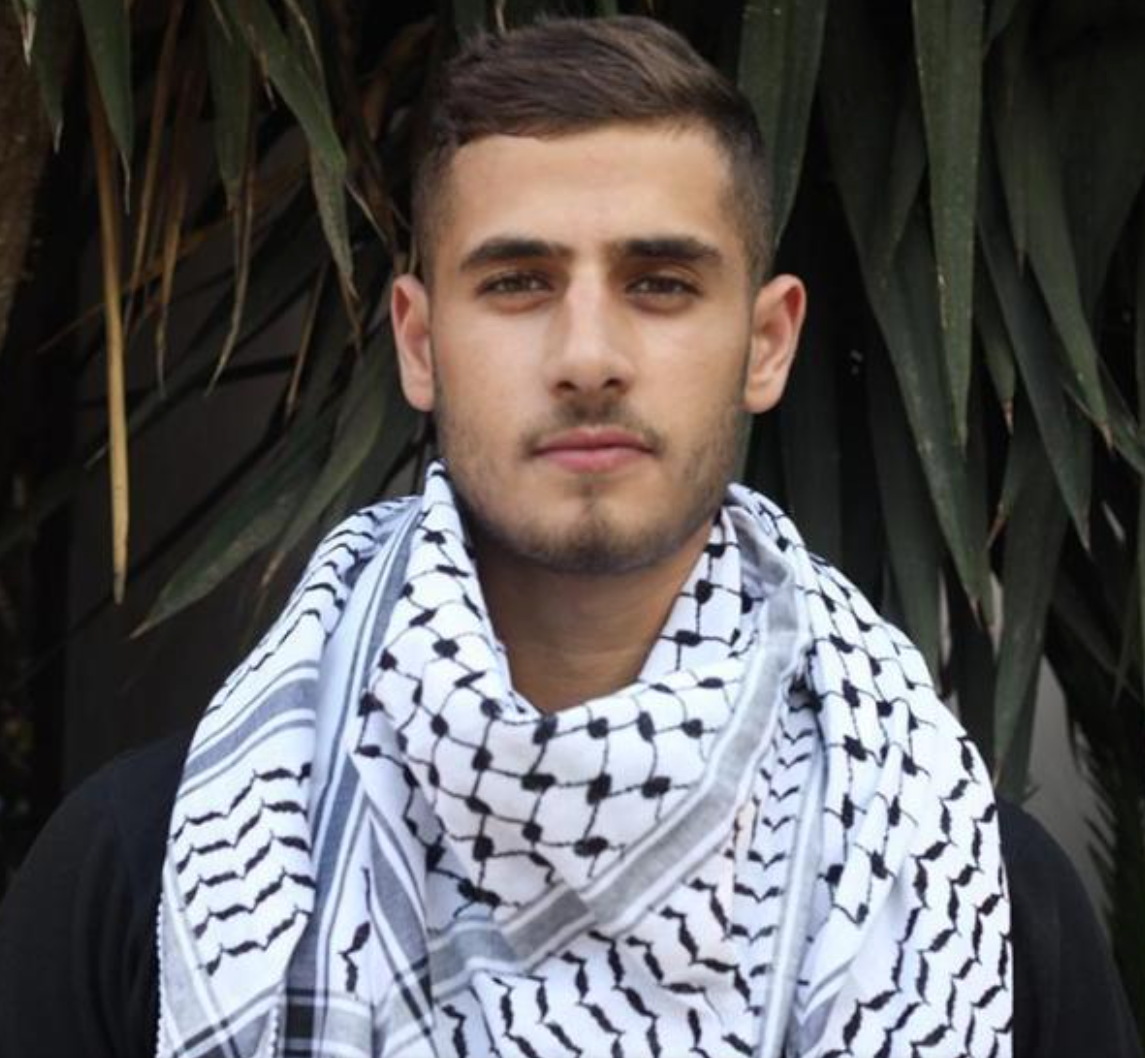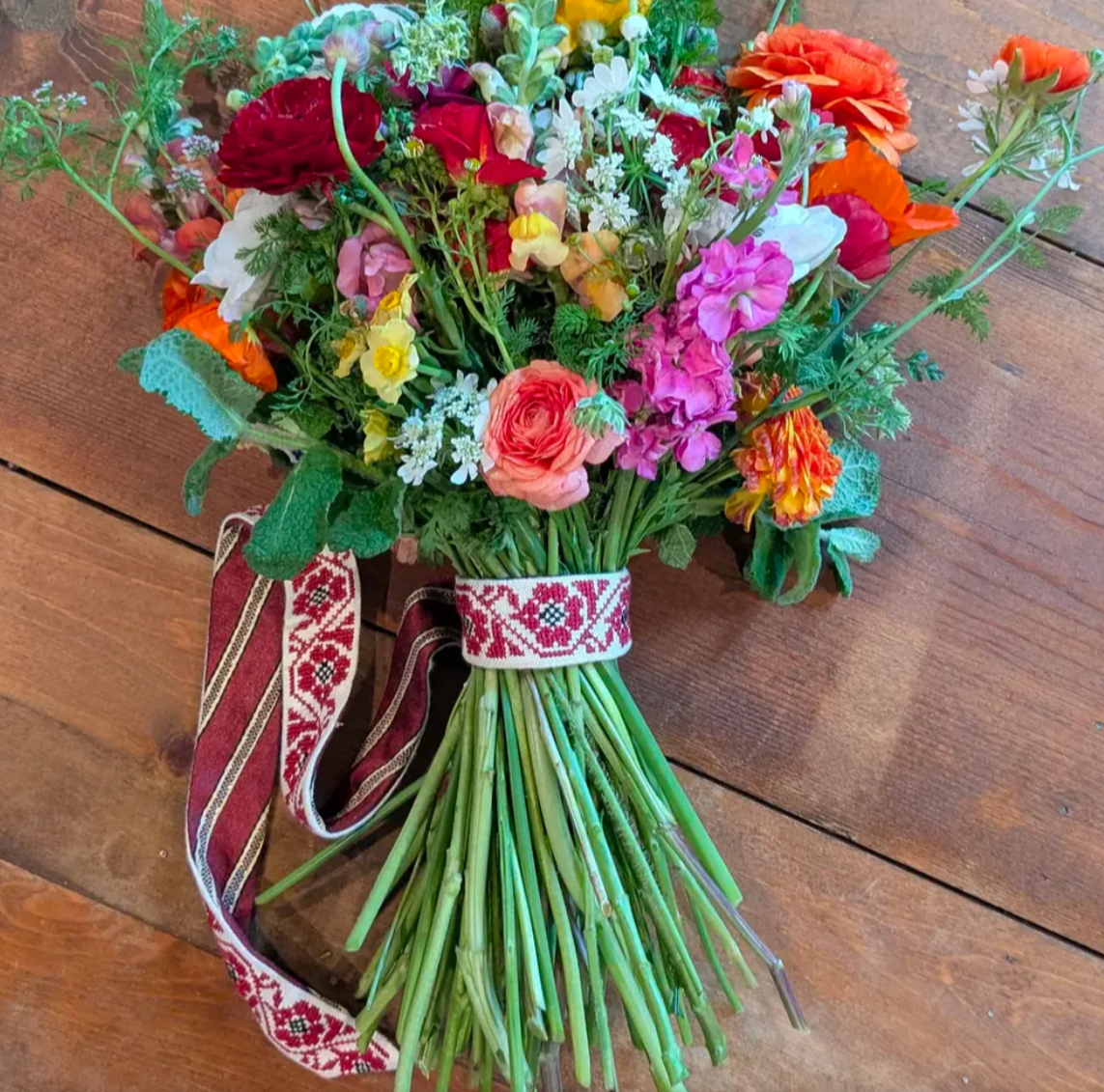
🖤 Nakba Remembrance: Stitching Memory, Grief, and Resistance 🖤
Today, as we mark another year since the Nakba—the catastrophe that saw the violent displacement of over 750,000 Palestinians in 1948—we are not just remembering history.
We are watching it happen again.
This moment in Gaza and across all of Palestine is not separate from the Nakba. It is its continuation. Entire families are being wiped out. Children systemically targeted. Homes reduced to dust. Communities destroyed. Farmland, culture, life—systematically erased. This isn’t collateral damage. It’s the fulfillment of a colonial plan long in motion: to take land that is not theirs, to replace indigenous people with settlers, and to erase the living history of Palestine.
What Is the Nakba?
The Nakba ("catastrophe" in Arabic) refers to the forced expulsion of Palestinians in 1948 during the creation of the state of Israel. Villages were destroyed. Families fled or were killed. Generations have since grown up in refugee camps, still holding keys to homes they’ve never been allowed to return to.
But the Nakba didn’t end in 1948. It never ended. It continues with every home demolition in the West Bank, every settler who invades and terrorizes a Palestinian village under the protection of the Israeli army, and every missile that buries another family under rubble in Gaza.
Holding Space Through Tatreez
In the face of unspeakable loss, Palestinian women have used their hands to hold memory.
Tatreez—traditional Palestinian embroidery—is more than decoration. It's a living archive. A thread-bound act of resistance. A way to grieve, to remember, and to say: We are still here.
Each stitch tells a story of origin, of belonging to a land that colonial maps try to erase. Whether it’s a wheat pattern symbolizing harvest or a key embroidered on a pillow, these crafts are how many Palestinian women carry their homes, their grief, and their dignity.

We Remember, and We Refuse to Look Away
As settler colonies expand violently in the West Bank, as Gaza faces genocide, as the world watches in silence or complicity, we are reminded of the utter shame of our time.
But we also remember that resistance lives in the smallest acts: in a woman’s needle, in a child’s memory, in your decision to witness, speak, and support.
Handmade Palestine works directly with artisans—many of whom are refugees or living under occupation—who use craft to sustain their families and preserve a culture that is under constant threat. When you wear their tatreez or share their stories, you carry more than art. You carry truth.
What You Can Do
- Learn: Read more about the history of the Nakba.
- Support: Explore our tatreez collection and share the stories behind the stitches.
- Refuse Silence: Talk about Palestine. Challenge the narratives. Demand an end to the occupation.
We say this again and again: Palestinians are not voiceless. They are silenced.
Let us hold space. Let us stitch memory. Let us refuse to forget.
Love and Resilience, Handmade Palestine







Leave a comment
This site is protected by hCaptcha and the hCaptcha Privacy Policy and Terms of Service apply.